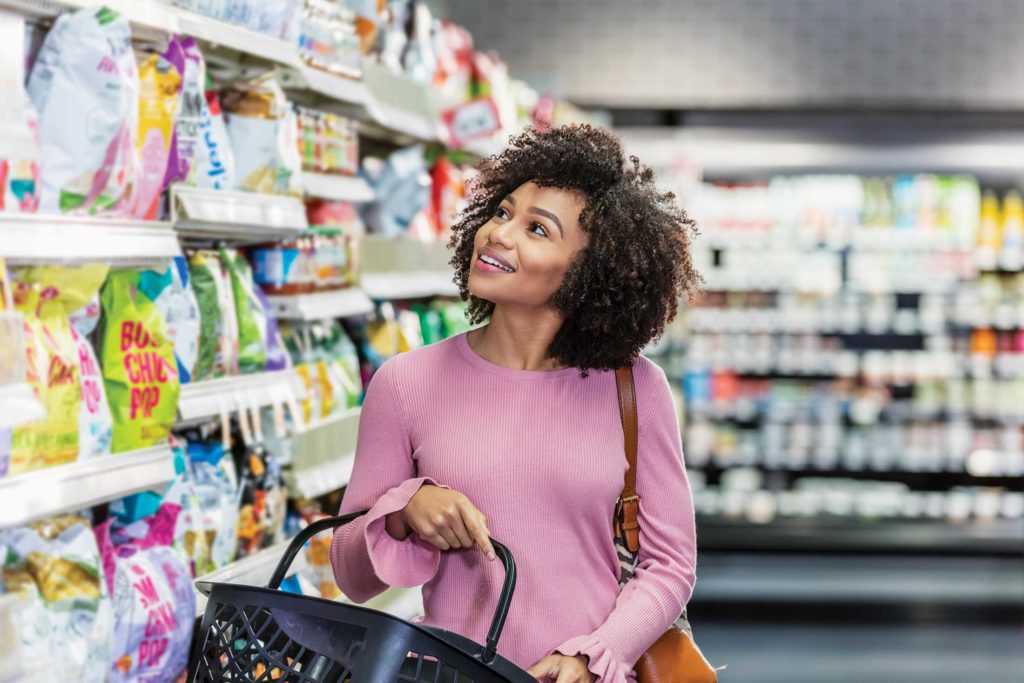Paid search and organic search are twin fuses for an explosive ecommerce campaign and, while independently powerful, are fiercely effective when paired correctly.
On the sponsored search side, the focus should be maximizing effectiveness via keyword research, algorithmic adjustments, and SKU-specific optimizations. Success is then measured through KPIs that center around ROI and profitability.
Dollars are invested intelligently through a combination of retail ad platforms to create the perfect media mix to drive incremental sales while improving bottom-line profitability.
On the organic search side, the focus should be on content creation, market analysis, and keyword audits.
First, products that drive businesses forward are identified. Next, valuable keywords and phrases are created to generate search volume and rank higher in retail ecosystems. Finally, product pages are adjusted to seed those new keywords and phrases seamlessly within a refreshed version of the content.
Success is measured through tracked changes to organic rank, total product search volume, and overall sales of the product.
Blending these paid and organic tactics can unlock a totally new world of opportunity within commerce.
How Do You Optimize Differently Between Paid & Organic Retail Media?
Sponsored search is optimized with keyword targeting. Organic search is optimized with ad copy.
When optimized this way, the fundamental difference between paid versus organic media is mirrored. Targeting versus writing. Context versus viewer. Push versus pull.
Both are required to prove to customers an awareness of their needs online (through clear paid targeting) while also highlighting the benefits and selling points of the product (through great organic messaging in the product page).
Focusing efforts this way frees the media to act its part correctly. The two channels can then collaborate to support a single end goal: driving sales of a product.
Once the roles of each tactic are understood, paid and organic campaigns can be optimized to eliminate cannibalization and maximize incremental interactions and purchases.
The Importance of Combining Paid & Organic Retail Media
Combining paid and organic media not only leads to a well-rounded campaign that stays on-brand, but it also increases the campaign’s effectiveness. Two channels combined are greater than the sum of their parts.
Sponsored search is designed to fill in the gaps of organic. If you’re struggling to show up on a certain search, paid search can “boost” a product’s visibility initially.
In addition, organic copy must speak to the audiences targeted by paid media campaigns. Otherwise, you won’t close the sale with conversions.
This cycle of organic optimization increasing conversions and paid media identifying new keywords creates sustainable growth for any ecommerce campaign.
How Can Advertisers Maximize Retail Success?
The same Search team that generates revenue through sponsored search is also capable of building organic product pages that minimize gaps in keyword and content targeting.
Together, the two channels constantly challenge each other to improve and enable cross-functional optimizations–something often lost when paid and organic retail media are separated.
This single team can leverage profitable paid keywords to fill gaps in organic product pages, running them through commerce research tools to ensure we’re forecasting profitable campaigns.
They can then adjust sponsored search targeting to reflect adjustments to the product pages, keying in on only the most relevant buyers.
Thus, a perpetual selling system of new and returning buyers is created by doing two things:
- Stabilizing sponsored search by anchoring it to a high-quality, consistent product page
- Enabling endless growth via SEO targeting using proven, continuously harvested paid keywords
If explosive, sustainable product growth demands both paid and organic media, then their collaboration is the spark that ignites the fuse.








